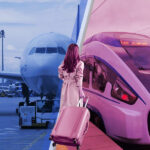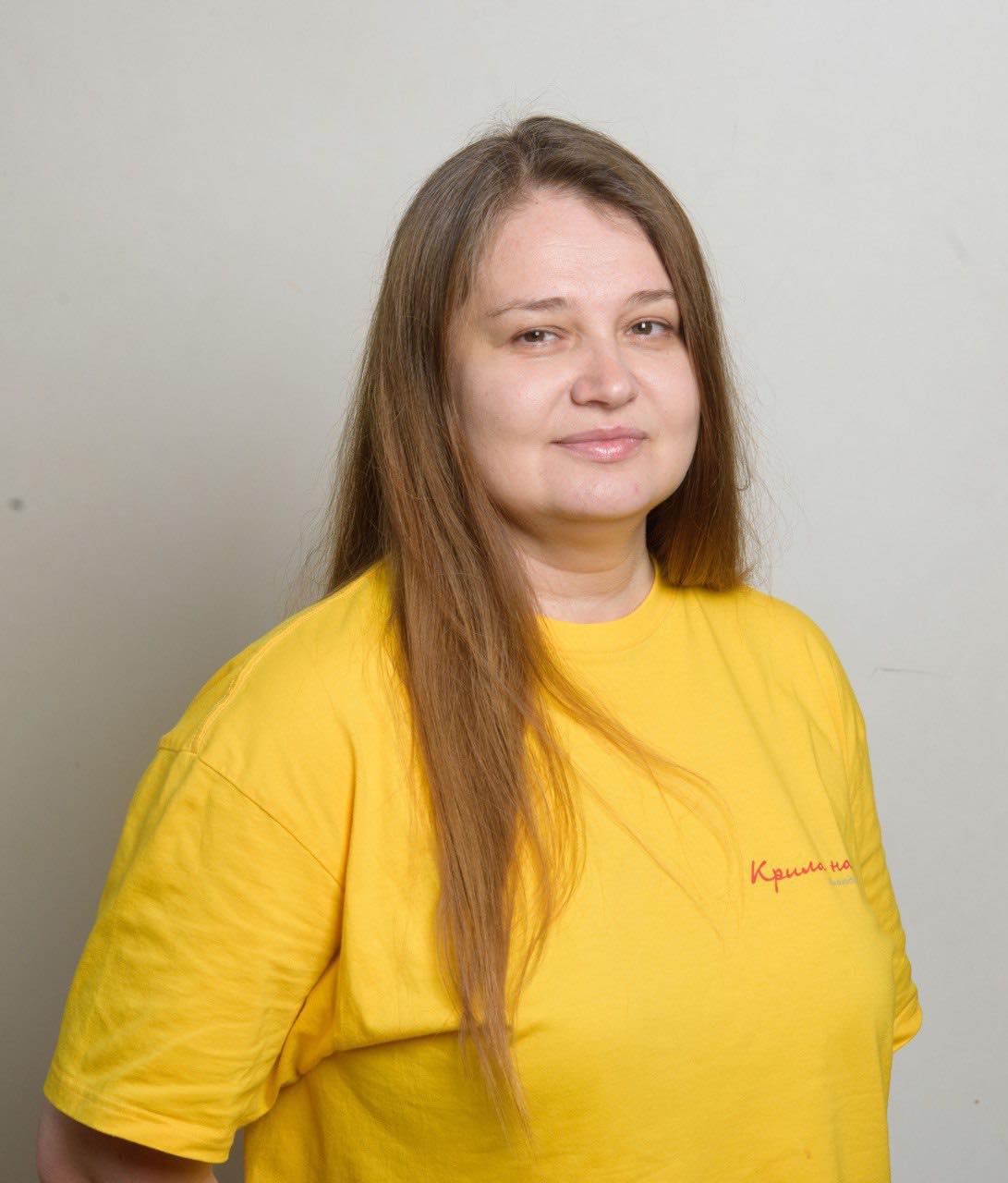The term “first lady” is known all over the world, but its origin is primarily associated with the United States. Martha Washington, the wife of the country’s first president, George Washington, set a precedent by actually serving as first lady. Although the term “first lady” was not officially coined until after Mrs. Washington’s death, her confidence, elegance, and unwavering support of her husband became the foundation that shaped the role of “first woman of the state” that we see today.
Although the public often perceives the First Lady as a piece of ceremony, the role actually involves far more responsibilities than it might seem at first glance. First ladies have many tasks outside of the public sphere, ranging from advising their husbands on various issues to advocating for important social initiatives, implementing significant changes and social transformations.
Obviously, the lives of the vast majority of wives whose husbands become presidents change drastically. The scrutiny of public attention and expectations from the leader’s partner define a certain role, functions, and responsibilities for her, despite the fact that in most countries the position of “first lady” is not an official position.
Brigitte Macron
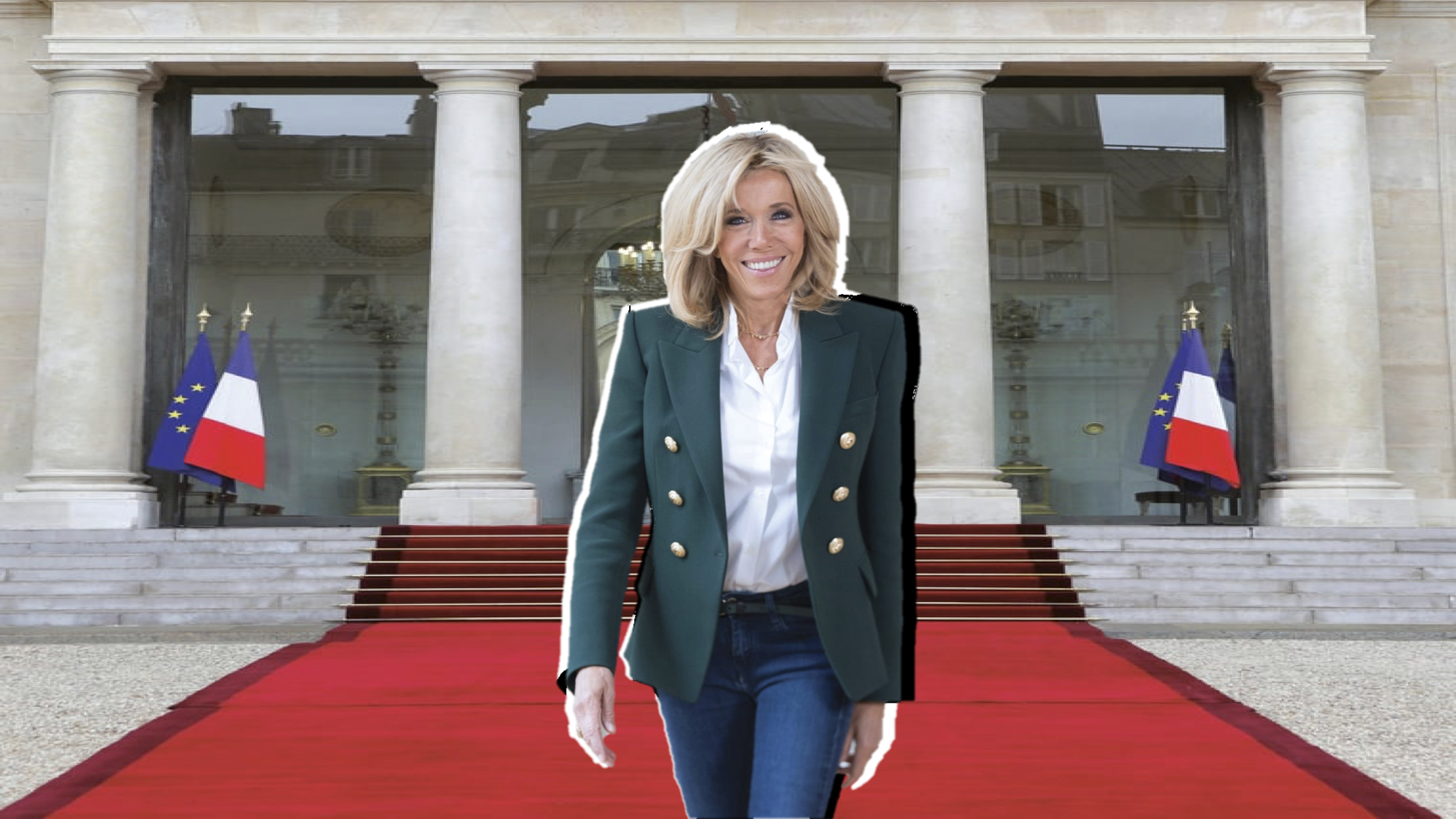
Photo: Brigitte Macron, Source: www.elysee.fr
In 2017, French President Emmanuel Macron proposed to officially establish the institution of the first lady, approve her status, and allocate separate funds from the budget for her activities. However, the French were not enthusiastic about the idea, despite the fact that Macron’s wife Brigitte is considered one of the most popular first ladies in France.
Brigitte Macron, the current First Lady of France, has attracted worldwide attention for her grace, style, and social initiatives in the field of education. Born in 1953 as Brigitte Tronier to a confectionery owner, she first worked as a secondary school Latin and French teacher.
Brigitte is known for her warm smile and genuine interest in the problems of citizens.
It was during her teaching career at the Collège Lucie-Berger in Amiens that Brigitte met the young Emmanuel Macron, who was a student in her theater class.
Together, the 15-year-old student and the 40-year-old teacher were working on a production of The Art of Comedy. “I felt like I was melted, and so was he,” Brigitte Macron said in an interview with the glossy Paris Match magazine.
By 2007, the teacher had already divorced her first husband and subsequently married Macron. Their union was surprising because of the significant age difference, as Brigitte was 24 years older than her husband. However, despite the fact that this love story challenged social norms, it had a positive impact on Macron’s political career.
When Emmanuel Macron was appointed Minister of Economy, Mrs. Macron left her teaching career to become her husband’s advisor.
Later, Brigitte Macron focused on educational reforms. In 2018, she founded the Brigitte Macron Foundation, which, among other things, focuses on promoting equal opportunities and inclusion in education. The institution supports educational programs for children from low-income families in France.
Sheikha Moza bint Nasser Al-Missned
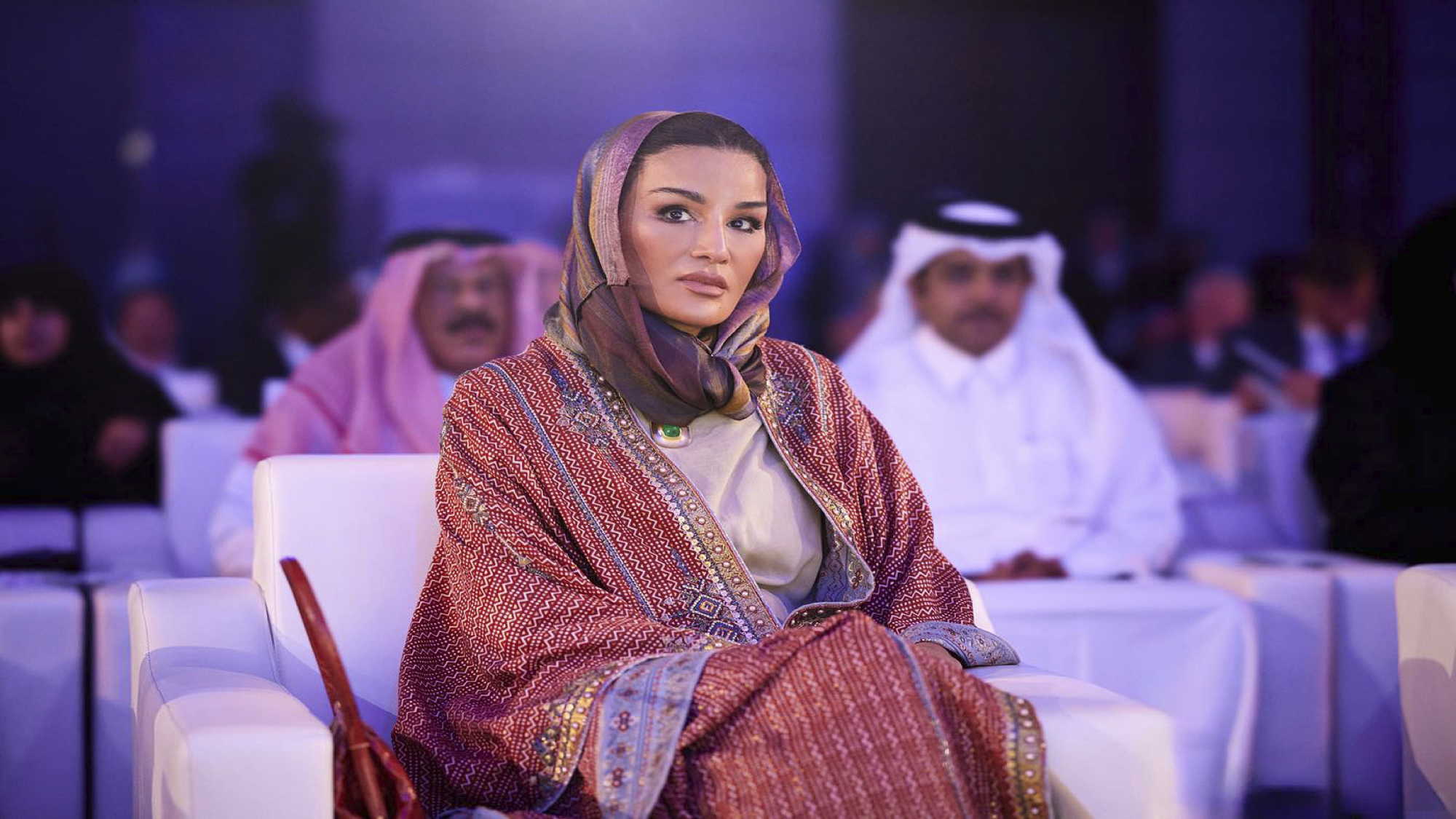
Photo: Sheikha Moza Al-Missned, Source: Facebook
Sheikha Moza Al-Missned is the legendary “first lady” of the Arab world. She is the second of three wives of the Emir of Qatar, Sheikh Hamad bin Khalifa Al Thani. Today, Moza Al-Missned competes in popularity with her husband. She is the only public wife of the emir, an iconic Qatari political and public figure.
“…the best thing that could have ever happened to Qatar”
Moza was born in the family of Nasser Abdulrahman al-Missned, an opposition figure, dissident, and head of the Bani Ghafir ethnic tribe. In 1977, Moza became the wife of the heir to Qatar and completely changed the perception of the wives of the rulers of the Persian Gulf countries and initiated tectonic changes in Qatari society.
Highly educated and highly productive, Moza impresses with her list of achievements: from trendsetter of Arab fashion to founder of the Qatari “Silicon Valley”.
She has worked to reform the higher education system and improve public transportation, advocated for free media and women’s shelters, initiated non-Muslim public spaces, and sponsored public debates.
Moza is the head of the Qatar Foundation for Education, Science and Social Development, President of the Supreme Council for Family Affairs, Vice President of the Supreme Council for Education, and UNESCO Special Envoy for Basic and Higher Education.
It is also worth adding that Moza is the mother of seven of the Sheikh of Qatar’s 27 children.
Olena Zelenska

Photo: Olena Zelenska, Source: Facebook
Born on February 17, 1978, in Ukraine, Olena Zelenska became the first lady when her husband, Volodymyr Zelenskyy, took office in 2019. Prior to becoming First Lady, Zelenska co-founded and co-created the comedy studio Kvartal 95 with her husband.
Olena Zelenska served as the First Lady of Ukraine during the terrible times following the outbreak of the largest war in Europe since World War II, a bloody full-scale Russian invasion. Zelenska continues to fulfill her duties today, as Ukrainians continue to defend themselves against the barbaric aggression of one of the world’s largest armies.
“I am asking for something I wish I had never asked for. I ask you for weapons. Weapons not to carry the war to a foreign land. But to protect my home and the right to wake up alive in it. To prevent missiles from killing children in their strollers, children’s rooms and entire families,” Olena Zelenska’s speech to the US Congress.
During the first year of the full-scale war, when Volodymyr Zelenskyy did not leave the country, it was his wife Olena who became the voice of Ukraine abroad, talking about the horrors of the war started by Russia and initiating an active dialogue with politicians, activists and journalists.
Today, Olena Zelenska focuses her efforts on initiatives that support the mental health of Ukrainians during the war and help vulnerable groups such as children and women.
Michelle Obama
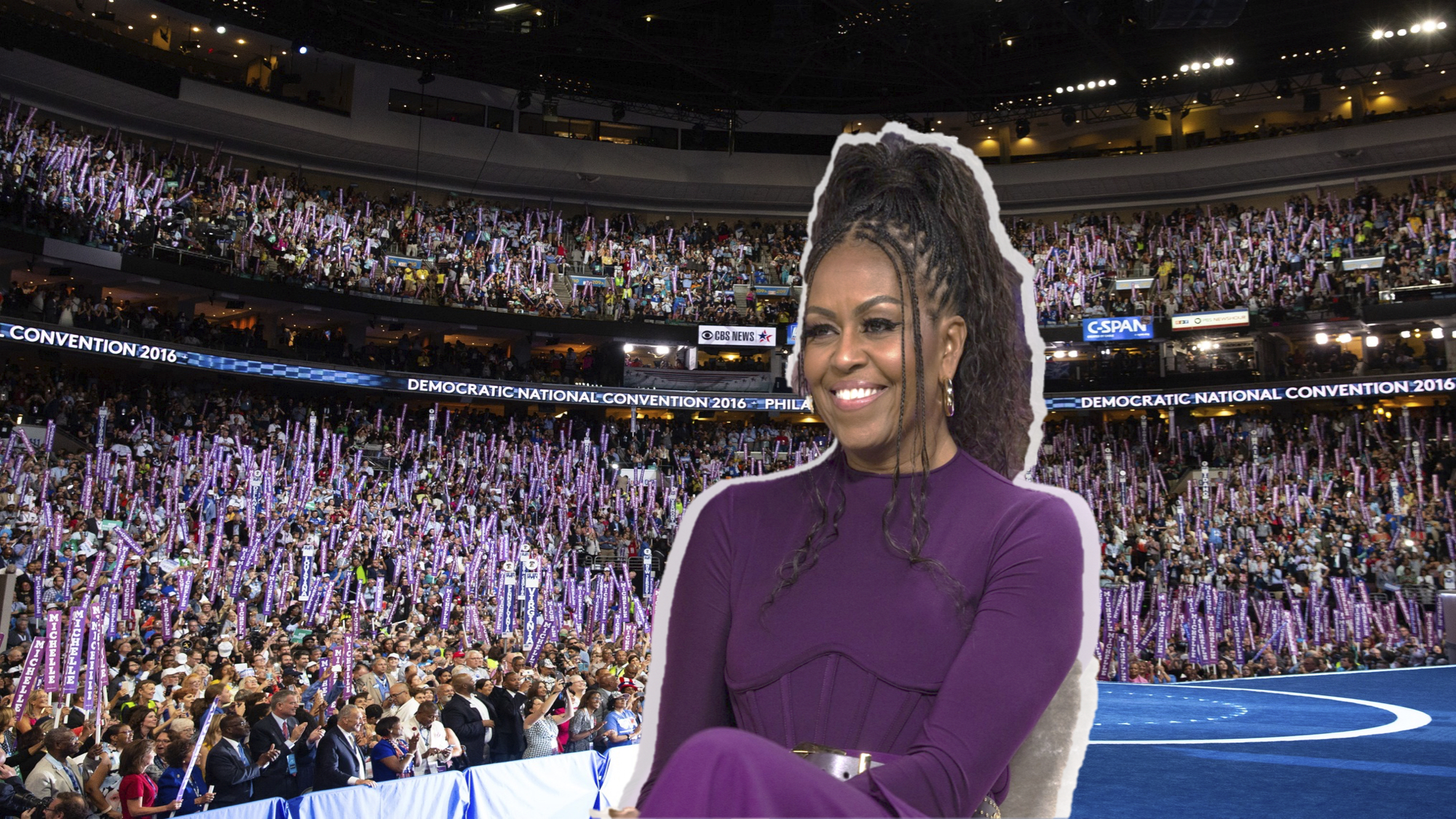
Photo: Michelle Obama, Source: Facebook
Born in 1964 in Chicago, Illinois, Michelle Obama became the first African-American First Lady in U.S. history when her husband Barack Obama was elected the 44th President in 2008.
Michelle Obama has been an ambassador for healthy lifestyles and quality education, launching the MoveOn and Achieve initiatives. However, it was her focus on children and families of military personnel that truly defined her legacy. The Joining Forces campaign was aimed at supporting veterans and their families, ensuring that they receive “the care and recognition they truly deserve.”
Americans also fell in love with Michelle for her “kitchen garden” that she grew on the South Lawn of the White House. This initiative not only promoted healthy eating, but also became a symbol of her commitment to sustainable development and environmental awareness.
Michelle Obama’s memoir “Becoming” became a bestseller and resonated with millions of people around the world.
Evita Perón
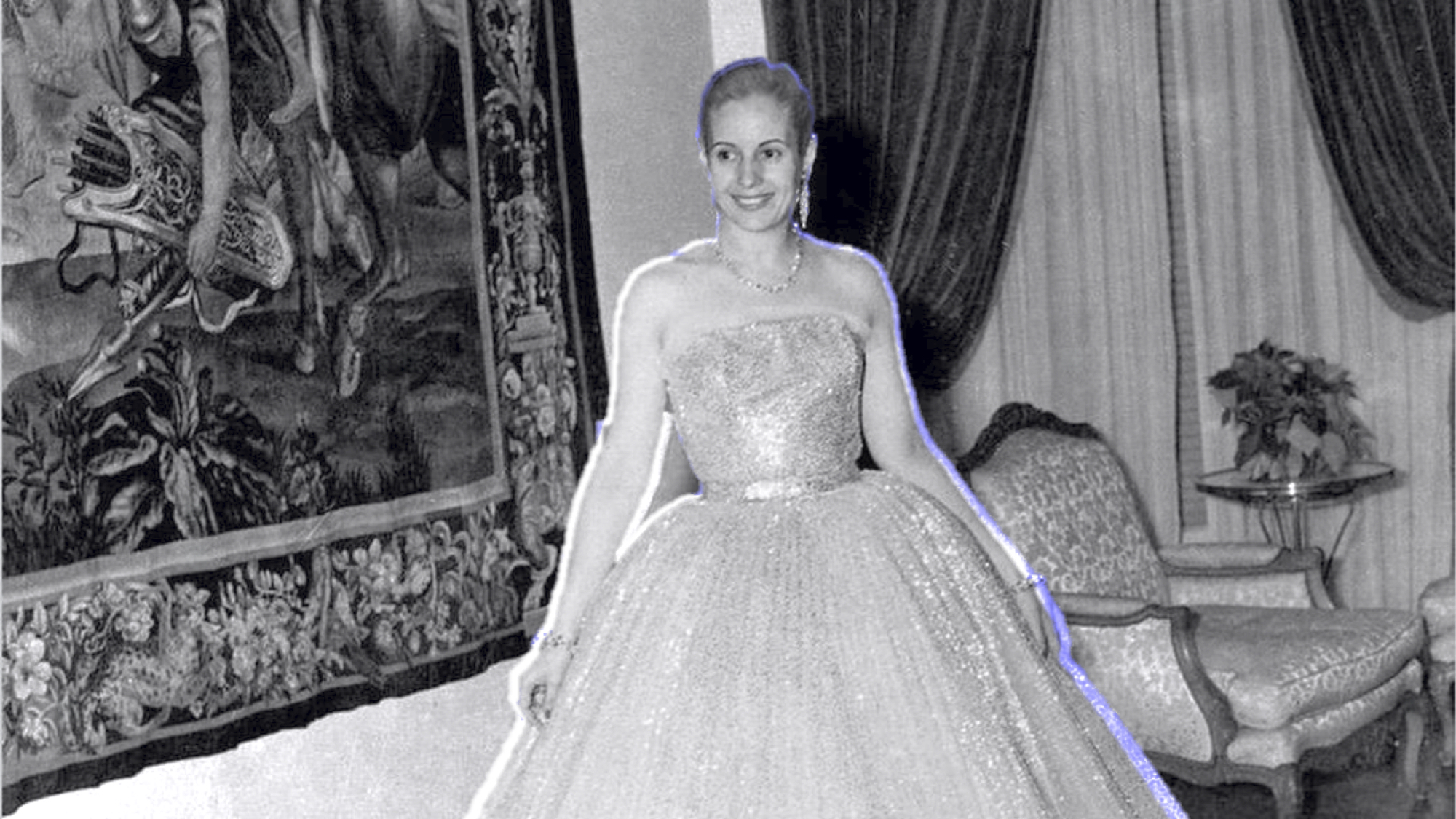
Photo: Eva Perón, Source: Wikipedia
María Eva Duarte de Perón, often affectionately referred to as “Evita,” remains an iconic figure in Argentine history. Born in 1919, she rose from a girl from an ordinary family to become the First Lady of Argentina when her husband, Juan Domingo Perón, became president in 1946.
Evita Perón’s achievements and popularity are closely intertwined with her commitment to social justice and concern for the welfare of the poor. She founded the Eva Perón Foundation, which provided housing, healthcare, and education to Argentina’s most vulnerable.
Her passionate speeches and vigorous struggle for workers’ rights made Evita a real favorite – the people’s “first lady”. For many Argentines, Eva Perón remains a symbol of hope up to this day.
***
Despite more than 200 years of history, the phenomenon of “first ladies” has not yet been officially regulated.
Traditionally, female partners of political leaders focus on social initiatives, humanitarian issues, and cultural projects without receiving any payment, but rather altruistically sacrificing their own ambitions, career goals, or established lifestyles for a socially useful purpose.
Source: The Gaze



